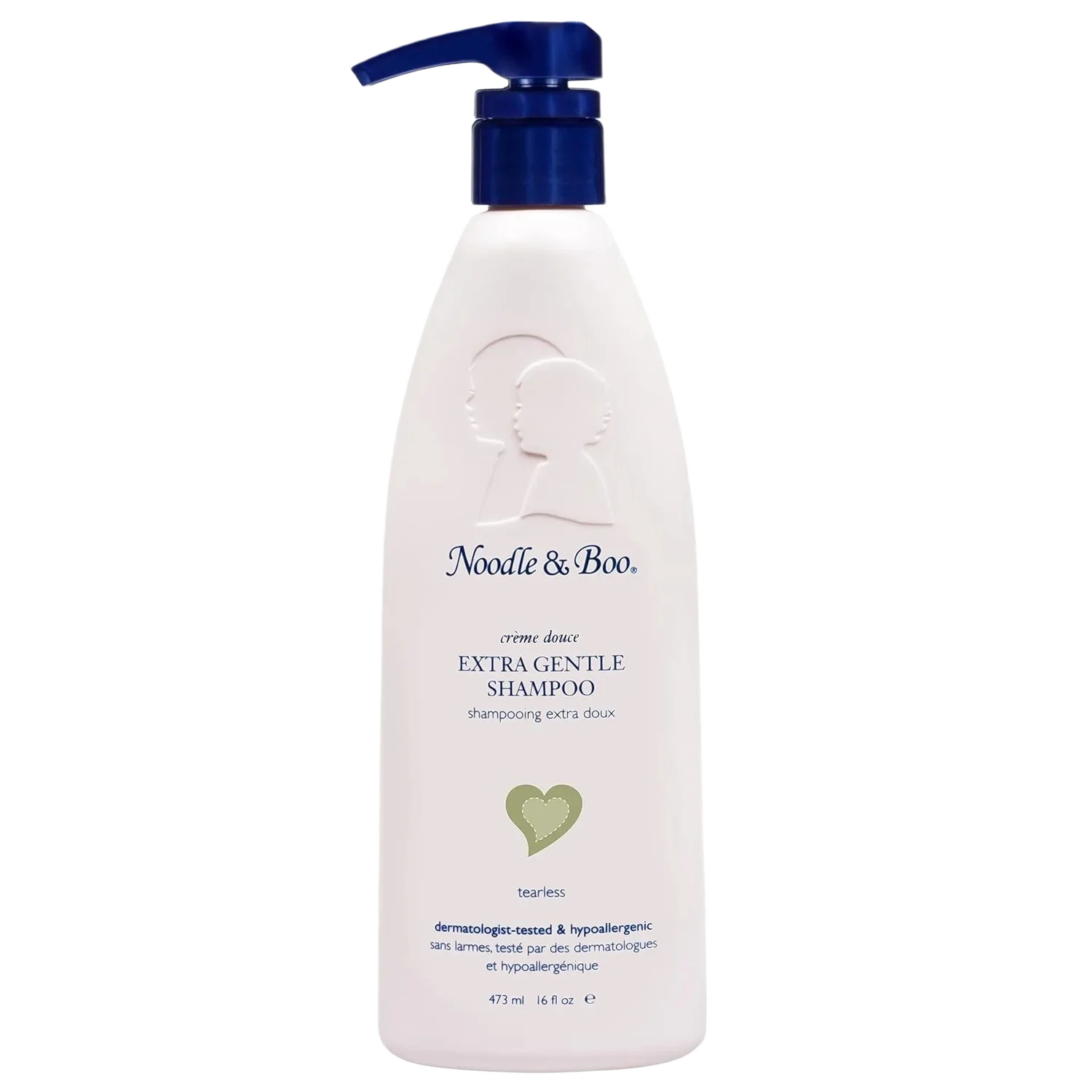Noodle & Boo EXTRA GENTLE SHAMPOO
shampoo & bodywash & conditioner • For 2-5 year old children • Skin contact 🧴
Product Images
Product Photo

Tap to enlarge
Ingredient List

Tap to enlarge
Safe for preschoolers to use Noodle & Boo EXTRA GENTLE SHAMPOO?
Check for Different Age (6 available)
Ingredients Analysis (16 found)














Common Questions About Noodle & Boo EXTRA GENTLE SHAMPOO
Preschooler-safe? Noodle & Boo EXTRA GENTLE SHAMPOO
Use caution with Noodle & Boo EXTRA GENTLE SHAMPOO for 2-5 year old children. Some ingredients may pose concerns.
What ingredients should I watch out for?
We analyzed 16 ingredients in Noodle & Boo EXTRA GENTLE SHAMPOO. 1 caution. Check the detailed analysis above for specific concerns.
Is this suitable for preschoolers to using shampoo & bodywash & conditioner?
The appropriate age depends on the specific ingredients. This analysis is for 2-5 year old children. Use the age selector above to check other ages.
⚠️ Important Disclaimers
Product Recognition: Product names are identified programatically and may be incorrect. Always verify product identity yourself.
Safety Analysis: Evaluations are for research only - consult pediatricians for medical decisions. Do not rely solely on this analysis.
No Guarantees: Results may be incomplete or inaccurate. Do not rely solely on this analysis.